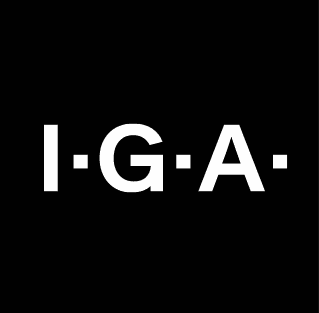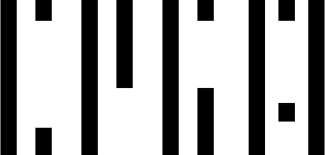Sofcover, 44 pages, Polish / English
Violence is committed all around us – we can see its traces everywhere, its permanent and temporary effects. Everywhere, i.e. in the visual landscape that surrounds us. Human violence against people, violence against things – against the material world created by the human – and violence against nature: the earth, animals, plants.
Watching the effects of this violence, the damage and the distortions it causes, is the beginning of the work. From industrial destruction, coercion of people, to the effects of violence in war and the destruction of nature. Human actions leave traces – transformed landscapes, deformed items, mutilated bodies, deformed nature.
My artistic activity would be to “abstract” a visual formula from these acts of destruction, certain shapes which, although abstract, would carry the trauma of devastation.
I am thinking of something like a mathematical formula or pattern of violence, abstracted, distilled from the shape of things and bodies and endowing it with a visual form.
During a walk around Warsaw’s Muranów, I found fragments of metal structures in the dug up ground. I am absolutely certain that they came from the burnt and demolished ghetto. They were small fragments – I was looking at them and I had the feeling that their twisted form carried a record of destruction. Undoubtedly, it is a trace of violence, but also that the violence continues to exist in this object. It was not erased by time, it has not been forgotten – this object is a victim of unburied, unforgettable violence. It comes out of the ground and retains the event that deformed its shapes. I thought that this piece of metal clamp, some structural element of the house, looked today as it looked 70 years ago, when the house was on fire and then collapsed. There is only more rust on that piece of metal. At the same time, the shape of the object was not dramatic – it was twisted and damaged, but not frightening. It was not a mutilated body – although at the same time it was a mutilated body.
This duality intrigued me, I tried to guess the purpose of this piece of metal, maybe its location in the structure of the building. I thought about the fire in which it was bending until the structure collapsed. It was all in this object – and yet, because I couldn’t quite see how it was destroyed – there was something abstract about it. As if violence reduced to a symbol of violence, an act of destruction that talks about itself through an object yet still hides a lot. So much that the violence itself is reduced to an abstract form, a suggestive shape.
These meditations led me to ask if I could do something like a study of violence, the matter of which were objects and bodies that had been subjected to violence. By escaping realism or literal representation, could I reduce the act of violence to a recognizable shape – to a legible symbol that would also be something more than a symbol? A symbol, which would be, and simultaneously would not be, a mutilated body, a devastated object. A witness and a symbol of his own harm. There are objects that are at the same time a “body that suffered violence,” a witness to the violence that was perpetrated on it, and a symbol of violence. Take for example the tower of the Memorial Church on Breitscheidplatz in Berlin. What remains of the church, which was destroyed by bombs, is a ruined tower, standing to this day and not rebuilt. However, it is not abstract – it tells too much and reveals too much. I, however, would be striving for a kind of symbolized form that is completely out of context, be it wars or catastrophes, or human meanness.
It is as if I am looking for a certain universality or repetition in the forms which violence leaves behind. Something, which could be read when made universal. Something, which the viewer could see and understand from the pictures and objects. And which would contain a certain generality – and the singularity of trauma and fear.
I am also thinking of nature – raped and exploited – about the traces of destruction within itself. About how violently we treat nature, plants, and animals. It is also the nature that is being destroyed that could become a matrix for looking for a certain universal formula of violence against her, against Earth.
Is it getting anywhere? What is the point of doing this? It seems to me that it is just considering it, remembering the violence and constantly recalling its effects so that it does not elude us. So that the traces are not obliterated. Invoking the presence of what is extremely threatening, though overshadowed, questioned, ignored. Meditation and showing – one more way, by one more person.
I think we already live in a world deeply traumatized by the pervasiveness of rape and violence. It permeates reality and is present everywhere with varying intensity. Its traces – above all, helplessness towards it – for example, when violence is used by the most important politicians – stay with us and increase the stress. Violence has become naturalized and universal. Dealing with it is definitely dealing with one‘s own helplessness.
Artur Żmijewski



